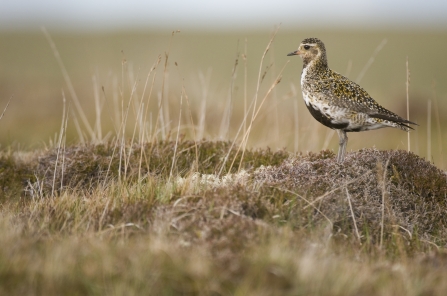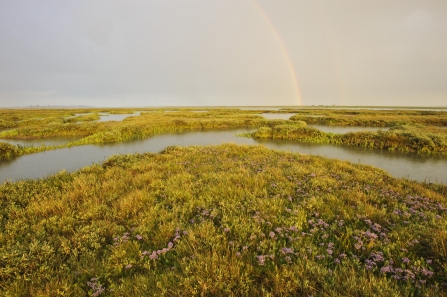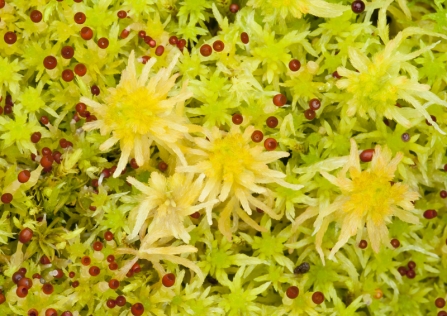The climate crisis now regularly makes the headlines, and rightly so. But there’s another crisis – inextricably linked – lurking too often unnoticed in its shadow: the massive, ongoing loss of nature. In the UK, 41% of species have declined since 1970 and one in seven are now threatened with extinction. The climate emergency has terrible ramifications for wildlife, but the loss of wildlife and wild places also makes the climate crisis worse.
Healthy natural habitats can store huge amounts of carbon, taking it out of the atmosphere and locking it away in soils and plant matter, sometimes for thousands of years. But many of our wild places are damaged, fragmented and threatened with further destruction. As these habitats are lost, carbon is released. To tackle the climate emergency, we need to protect and restore our wild places.
Green carbon
Carbon that is stored by ecosystems on land is known as green carbon. When you think about natural solutions to climate change, tree planting is probably the first thing that springs to mind. Trees absorb carbon as they grow, storing it in their trunks, boughs, roots and in the soil, so allowing woodlands to grow naturally will lock up carbon and help counter our manmade carbon emissions. But trees can only be part of the solution; alone they are not enough. Nature has an arsenal of other, powerful natural climate solutions that currently receive much less attention.
Peatland is a type of wetland, made up of soil formed from slowly decomposing plants. Peatlands cover just 3% of the earth’s surface but store more carbon than any other habitat on land, with the UK’s peatlands alone containing 3.2 billion tonnes of carbon. Healthy peatlands also play a role in reducing flooding and improving water quality, as well as providing a home for some wonderful wildlife, like the dazzlingly plumaged golden plover.



